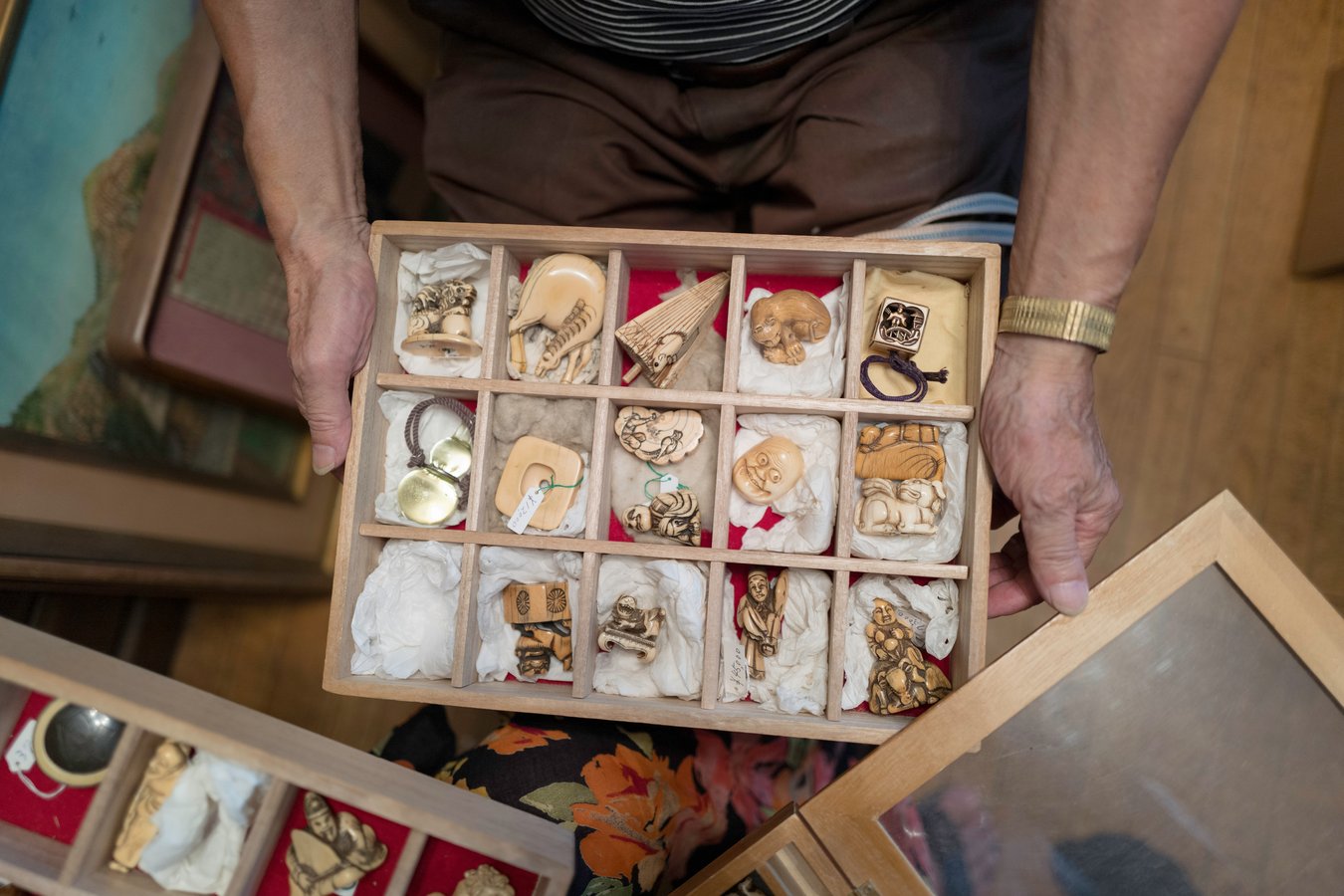What Are Netsuke?
Netsuke (根付) are miniature sculptures that originated in 17th-century Japan. These intricately carved objects served both functional and decorative purposes in traditional Japanese clothing, acting as toggles for items hung from kimonos.
Origin and Function
Without pockets in garments like kimonos, netsuke were used to secure sagemono (hanging objects) such as inrō or pouches to the obi (sash). Their dual purpose made them indispensable in traditional attire.
Characteristics of Netsuke
- Size: Small, fitting comfortably in the palm
- Materials: Crafted from wood, ivory, bone, metal, and even precious stones
- Designs: Depicting people, animals, mythical creatures, and abstract forms
Historical Development
During the Edo period (1603-1867), netsuke reached their artistic peak, evolving from simple designs to highly detailed creations. By the late 19th century, the adoption of Western clothing reduced their practical use, influencing their designs.
Cultural Significance
Netsuke reflect Japanese culture, depicting folklore, religion, and daily life. They are miniature representations of Japanese art and history, showcasing the craftsmanship and societal values of the time.
Modern Status
Though their original function is obsolete, netsuke are now valued as collectibles and works of art. Contemporary artisans continue to produce them, celebrating their historical significance and artistic beauty.



